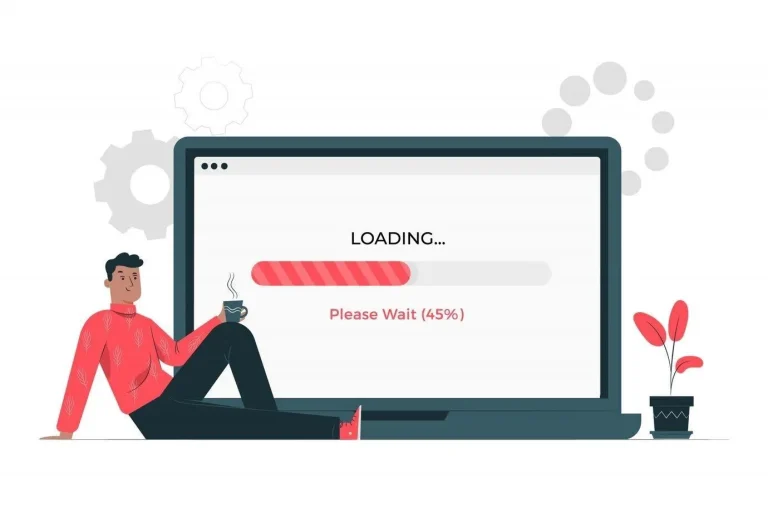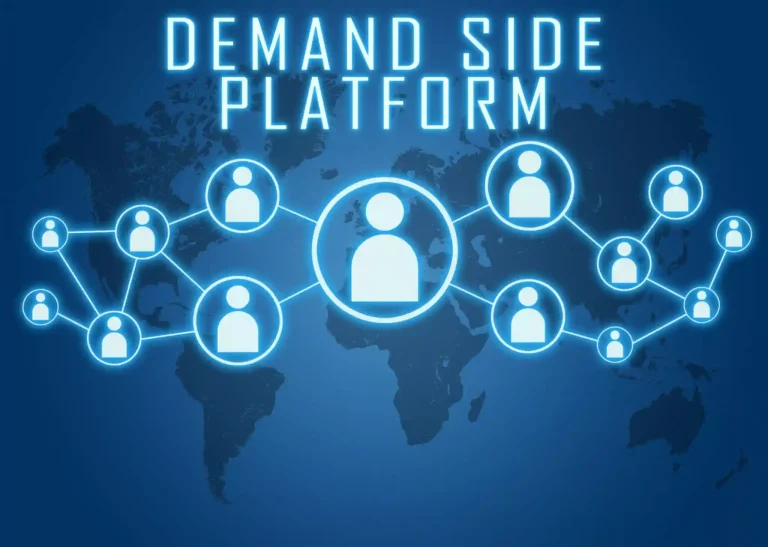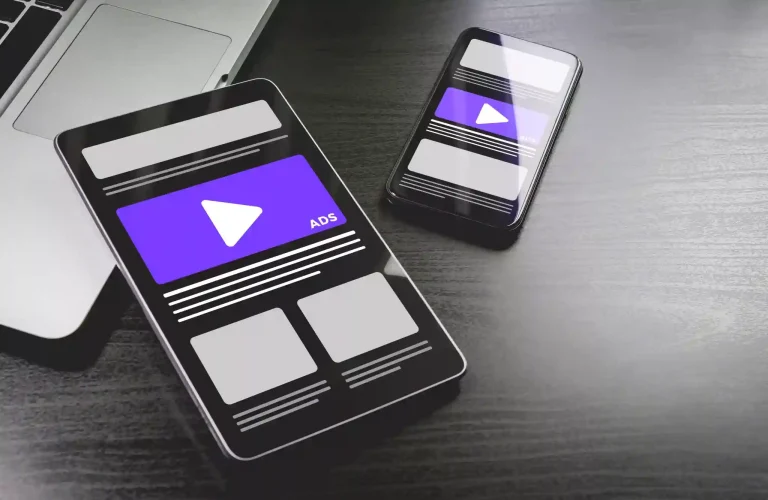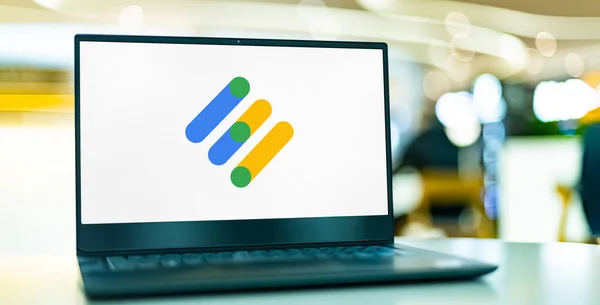Both publishers and advertisers want to settle on the best pricing model before starting a campaign. In this piece, we’ve compared CPM vs. CPC vs. CPA vs. CPL vs. CPI so that you can pick the right model for your websites.
Publishers who have successfully gained considerable website traffic would start thinking about ways to monetize their web traffic.
They get requests for proposals (RFP) from potential advertisers or plan to dive into programmatic advertising. Whatever it is, the crucial step the publisher needs to take is choosing the pricing model they will use to charge the advertisers.
Sounds easy?
But it is not. Digital ad displays are way different from traditional ads and are priced differently. Technology enables advertisers to track the number of times their ads were clicked and the action following the ad click. This way, advertisers can compensate the publishers based on varied criteria.
Basically, there are five ways in which digital ads are traded.
Table of Contents
Cost Per Thousand (CPM)
In the CPM pricing model (also called cost per mille), the advertiser pays the publisher a specific amount for every 1000 ad impressions. This means the publisher gets paid every thousand times; the ad is shown on the website.
Pros:
- The ad revenue CPM generates is more predictable as the publishers have a fair knowledge of their average page views per month.
- By the CPM model, the ad reaches a wider set of audiences as compared to other models. Thus, those advertisers who focus on brand awareness (in other terms, most new advertisers) go with the publishers offering this pricing model.
- The CPM model offers simplicity to publishers. The end goal is to deliver the impressions both parties have agreed upon. No additional tracking requirements.
Cons:
- Extensive media ads need to be tried by the publishers, like pop-ups, videos, and interactive games, so that advertisers can gain some value from the impressions.
- CPM doesn’t always make the most money. For example, if your site’s visitors are targeted towards a niche, then click the model will earn you more profit.
Suitability:
If your website offers a large volume of viewer traffic and your advertisers focus more on the exposure of its brand rather than direct instant sales, then the CPM model will be the best option for your website.
Related Read: 7 proven ways to increase eCPMs for publishers
Cost Per Click (CPC)
CPC is one of the performance-based online pricing models. In this model, the publisher gets paid for every click that the ad receives. An ad server can be used to track click counts and accidental clicks.
Pros:
- The CPC model offers more returns to the advertisers hence many prefer it.
- CPC offers publishers to collect more interactive data that can be used to sell ad inventories. They can track the average click-through rates by dividing the number of clicks on ads by the total number of website impressions.
Cons:
- Revenue generated by CPC is less predictable than CPM because the number of clicks received by the ads cannot be predicted.
- Clicking on ads distracts your webpage visitors and moves them away from your website. Still, you want them to click on it as it is your revenue source.
Suitability:
If the advertiser is more concerned about getting an immediate response from your website visitors, you may choose the CPC pricing model for your website. Also, it is worth considering your audience. Without a targeted audience, the ads won’t be effective enough to drive clicks which, in turn, drops your revenue.
Related Read: How to calculate CPM, CPC, CPA, CR, eCPM, eCPC, eCPA, and ROI
Cost Per Lead (CPL), Cost Per Acquisition (CPA), Cost Per Impression (CPI)
With the Cost Per Lead (CPL) model, the advertiser pays the publisher when the viewer looks at the ad, clicks it, and then takes further steps to become a qualified sales lead. This step may mean signing up for the reward program, newsletter, website membership, etc.
CPA (also called Cost Per Action) is a similar model, but it compensates the publisher only if the ad viewer completes its sales, like purchasing the product.
Cost Per Install (CPI) is a pricing model utilized by mobile app advertisers. In this model, the publisher gets paid only if the viewer installs the advertisers’ app.
Pros:
- CPL, CPA, and CPI give back the advertisers what they are paying, thus narrowing their risks. Hence, these models are easier to sell to advertisers than CPM or CPC.
- Effective creation of CPL, CPA, or CPI ad programs needs a good investment of time and resources by the advertiser and publishers. Thus, it leads to the bonding of the advertiser to the publisher for a much longer time.
- This model offers better revenue to publishers (about $3-$10 per action).
Cons:
- Revenue cannot be predicted.
- The publisher needs time and skill to make this program successful. The publisher may even require managing the campaigns and optimizing them frequently for better results.
Suitability:
If you want your publication to be involved with a limited number of advertisers giving you greater compensation, then you may opt for these models.
So Which Pricing Model Should You Choose?
The suitability of each pricing method ultimately depends on the site, its audience, and the ad campaign’s goal. There are advantages as well as disadvantages to each ad pricing model. A publisher prefers a more predictable pricing model, CPM, but this model may not yield the best revenue.
The suitability of one pricing model for a site may not be the same for another site. Major search engines and websites reaching higher audiences, like Google, Bing, or Meta (formerly known as Facebook), prefer the CPC model, while content-based publishers prefer the CPM model.
If you are new to display advertising, the best bet is to try all the models with different campaigns and check your audience’s response to various models. This way, you can find your website’s most suitable pricing model. You can also construct a table for ‘CPM vs. CPC vs. CPA vs. CPL vs. CPI’ and note the revenue and profit made over a certain (fixed) period to discern between the models easily.























